|
| Angeny, Anna Beer (or Bean), Phares Beer, Reddy Benner, Mabel Beyers, Florence Brucker, Katie Charles, Gertrude Christine, Ella M. Cressman, Mabel Couthamel, Mabel Crouthamel, Norman Davis, Griselda Deily, Ada Detweiler?, Sarah J.Oscar Frederick, Pearl Freed, J. Melvin ‘06 Freamand, Harry? Or Neamand? Groff, Anna Verdelia Gulick, Ella Gulick, Herman Hartman, Preston Hartzell, Oliver Hedrick, Mabel Hendricks, Allan Hendricks, Clarence Hollenbach, Chas. Hummel, Roger Knoll, Florence S. Knorr, Florence L. Kramer, Franklin U. Kramer, Leidy S. Kramer, Lillian Kramer, Lulu D. Kramer, Mamie Kreiss, Sallie D. and Sallie Kreiss w/o D.(x2?) Kulp, Doc ? Lande Lindaman, Harry Lindy Loude Loudenslager/Landenslager, Herbert Loudenslager, Elmer | Miller, Florence S. Moll, John Moll, Ray or Roy ‘10 Moyer, Emma Moyer, Marion V. Moyer, Paul or Pearl Musselman, Sadie Neamand, Harry (2x?) Neamand, Mrs. Harry Oberly, Elsie? Elese Oberly, Emma Oberly, Howard H. (2x?) Richard, Alice Richard , Elsie O Richard, Edna A. Richard, Florence C. Richard, Paul/Pearl W. Rickert, Elsie O. Rickert, Flora G. O? Rickert, W. R. 1909 Roeder, Raymond Rutter, Albert C. Schmidt, Christian L?./Chester? Schmidt, Louis Shoup, Velma/Valeria? Sine, O. R. Siney ? or Liney Smith, Lewis/Carrie? Snyder, Anna M. Sprenkel, Margaret Sterner, Elsie Steinly, Stinley, Anna/Alice Void, Elsie Void, Wellington Vosselman, Florence Wedenhofer, Ellen Wisler, Sabina Wolfinger, Mary Yeakel, Raymond |
Louise Doll 2021
“Active and Attractive,
That’s Perkasie”
On May 10th 2021, Perkasie will celebrate 142 years since its incorporation as a borough. In the early 1900’s the new borough was seeking more businesses, industries and residents to continue economic expansion. A contest for a slogan was organized by Perkasie Board of Trade. This organization was made up of local businessmen and was a predecessor of the Perkasie Chamber of Commerce.
The 1915 contest would have a prize of $2.50 in gold and would be judged by members from the Board of Trade. The winner was Willis Kulp who came up with the slogan “Active and Attractive, That’s Perkasie.” Other slogans in the final round were:
The Board of Trade went on to use the slogan in their advertising and it appeared on their letterhead.
The 1915 contest would have a prize of $2.50 in gold and would be judged by members from the Board of Trade. The winner was Willis Kulp who came up with the slogan “Active and Attractive, That’s Perkasie.” Other slogans in the final round were:
- Perkasie, Prosperous, Pleasant, Popular, Progressive
- Locate in Peaceful, Prosperous, Perkasie and be happy
- Locate, Live, Proper and be Happy in Perkasie
- Perkasie for Progress and Prosperity
The Board of Trade went on to use the slogan in their advertising and it appeared on their letterhead.
Perkasie sign painter, Roy Landenberger and his brother Phil were commissioned to make signs that were placed at the train station and along roads leading into the borough. Roy Landenberger later would write the words and music to the song “Active and Attractive, That’s Perkasie”
Rick Doll 2021
Memories of Perkasie
Sharing interesting connections between Perkasie's people, places and events.
Rick and Louise Doll
Navigation Hint: The postings can be viewed by date, by topic category, or in reverse chronological order (most recent posting first)
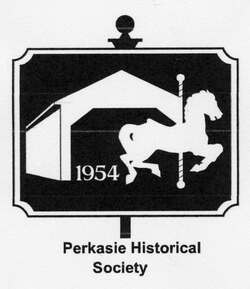







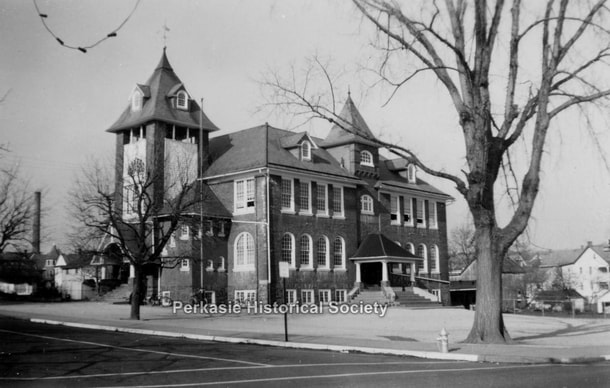
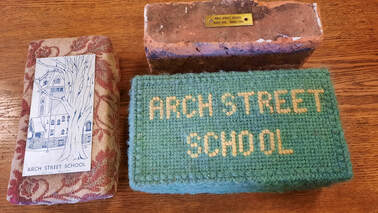
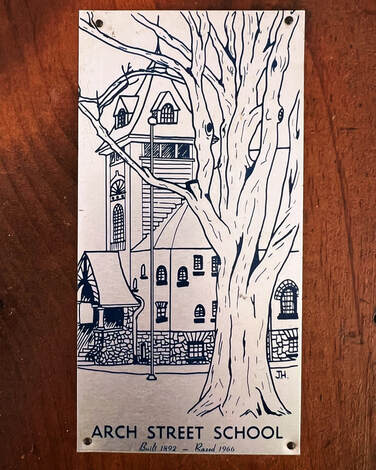
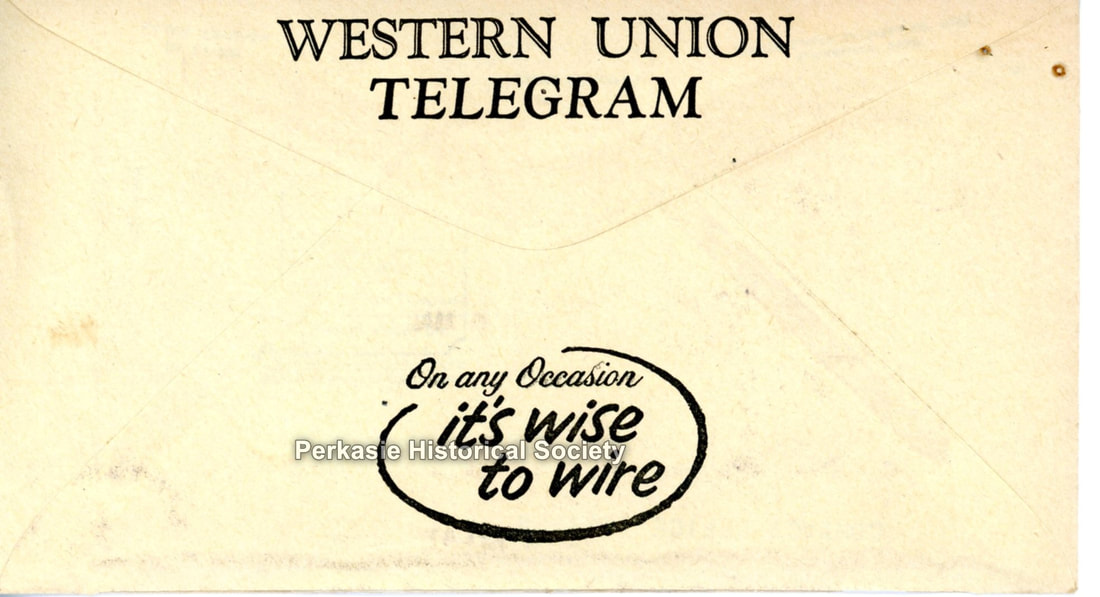
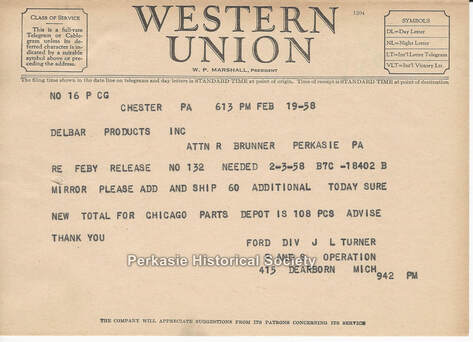
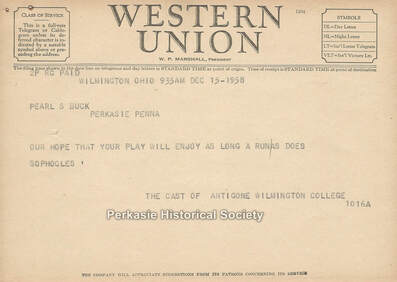
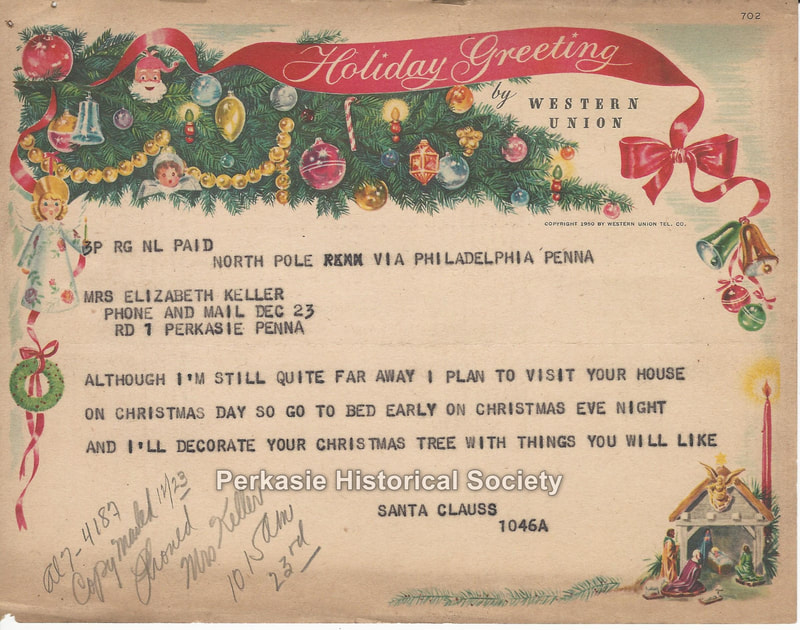
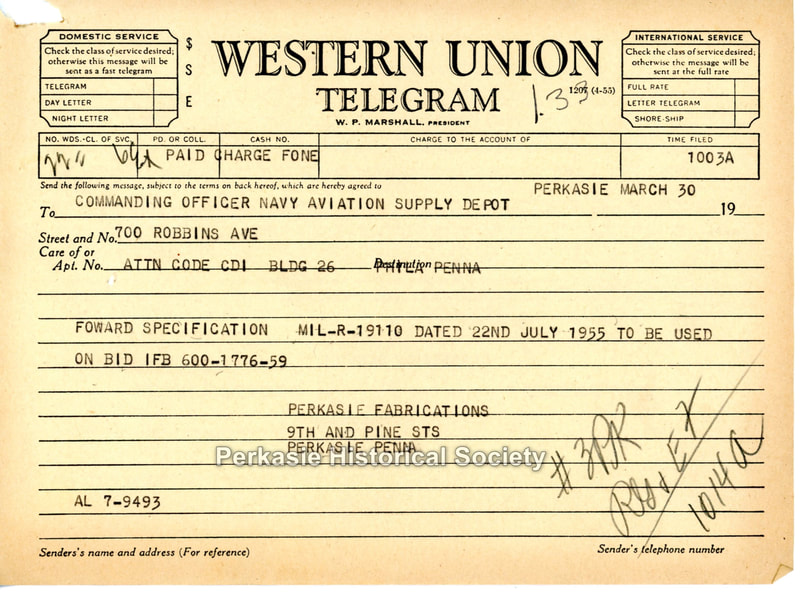
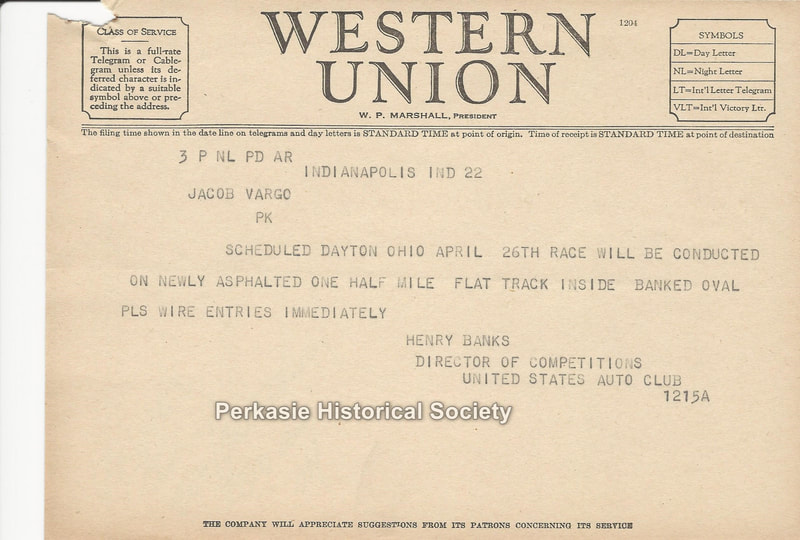
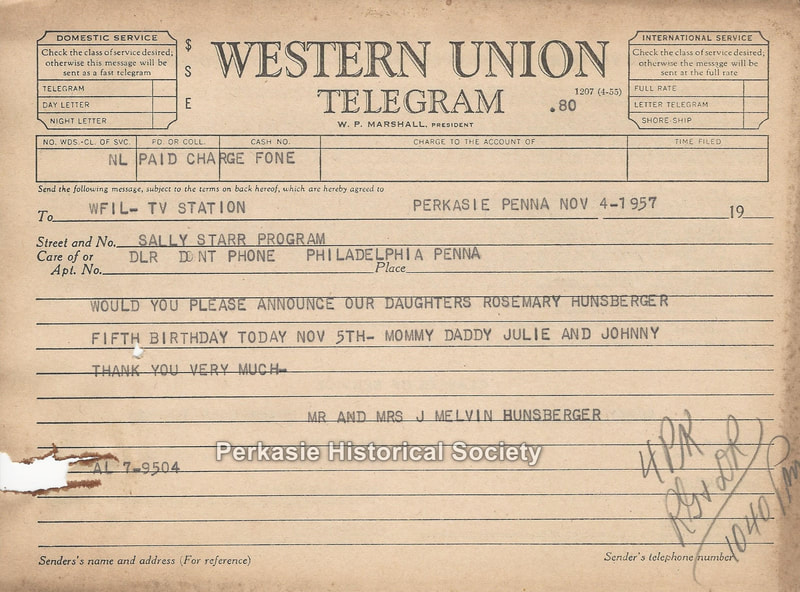
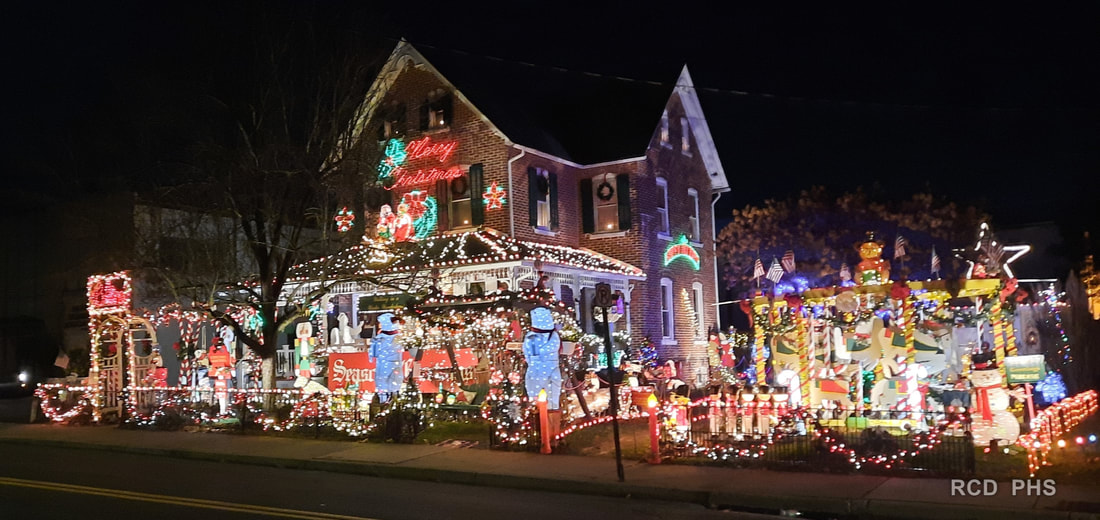
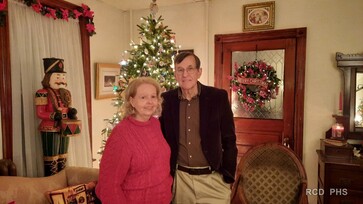
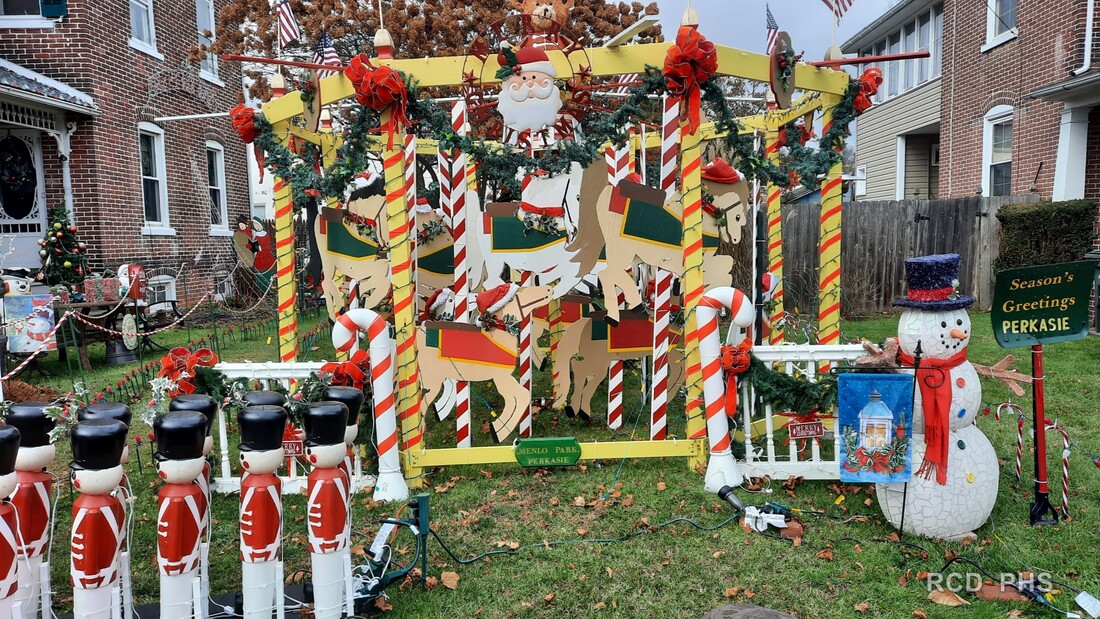
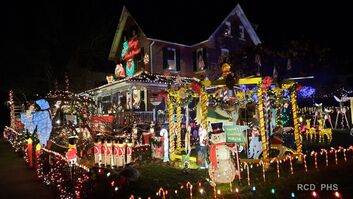
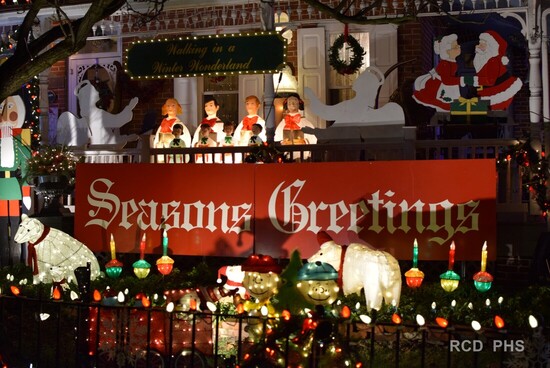
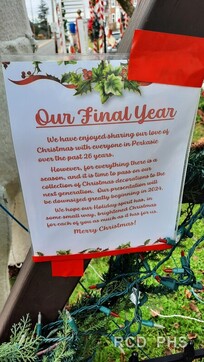
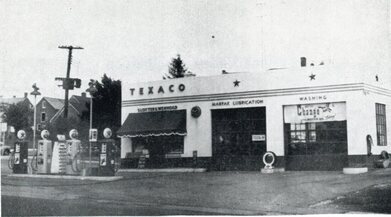
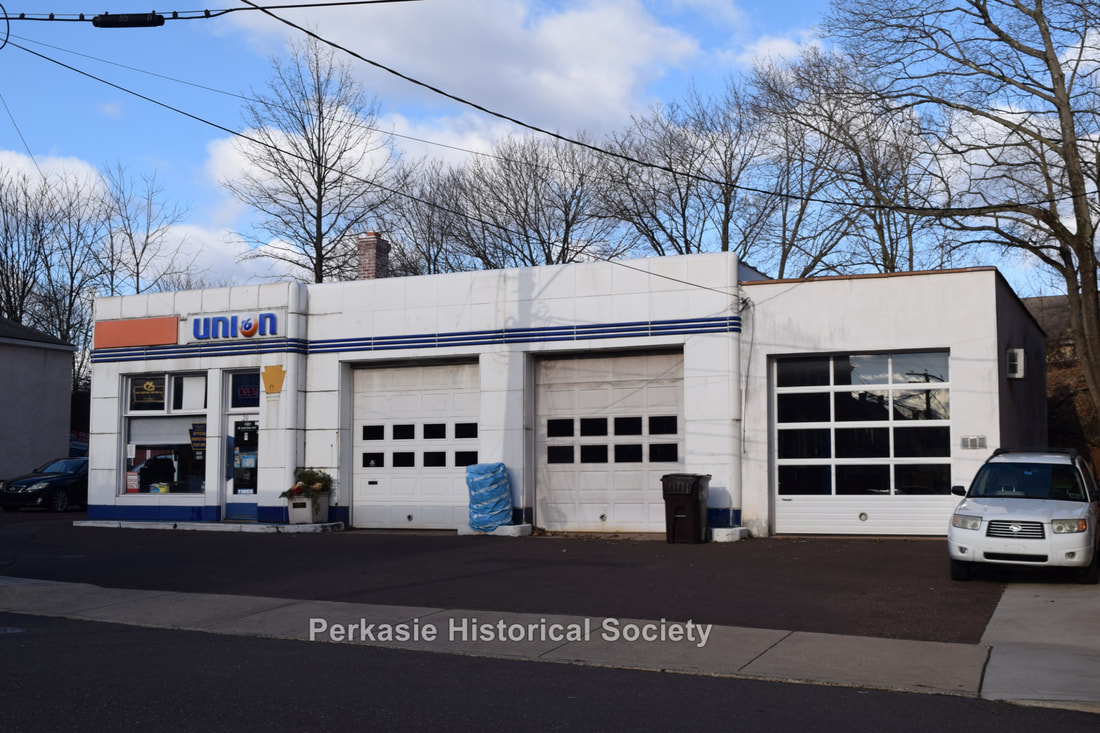
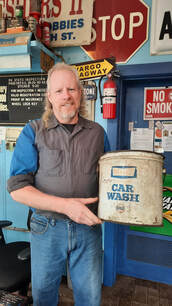
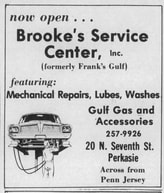
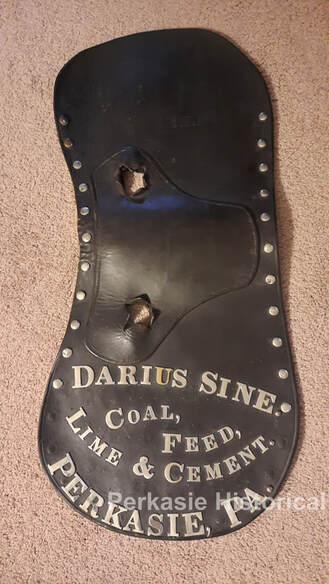
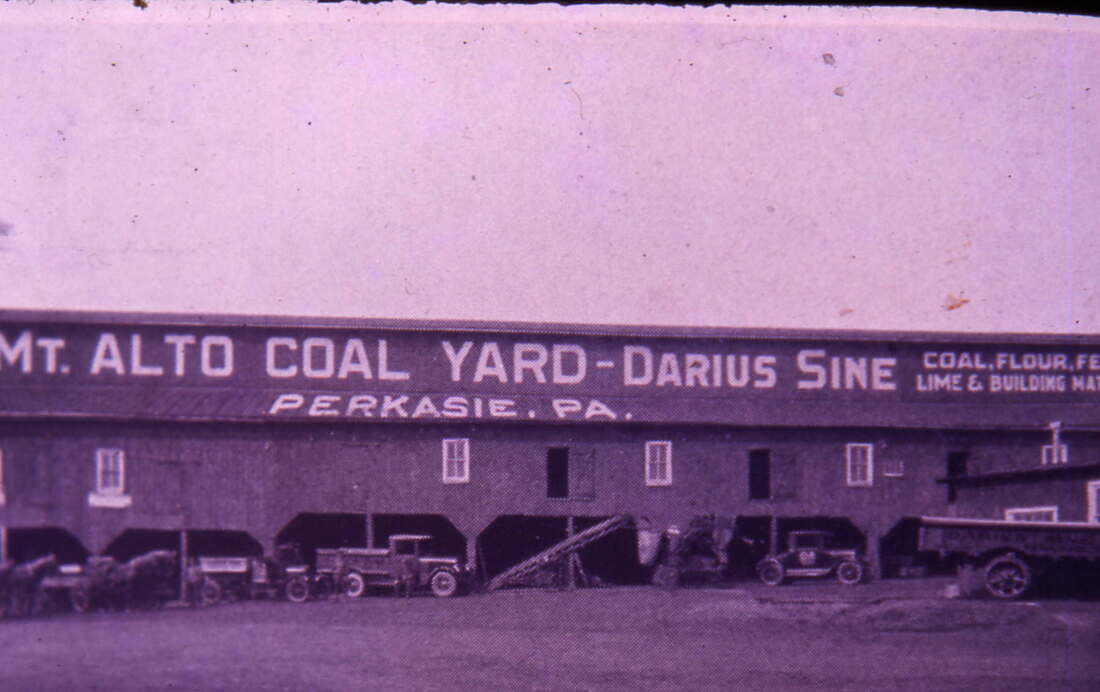
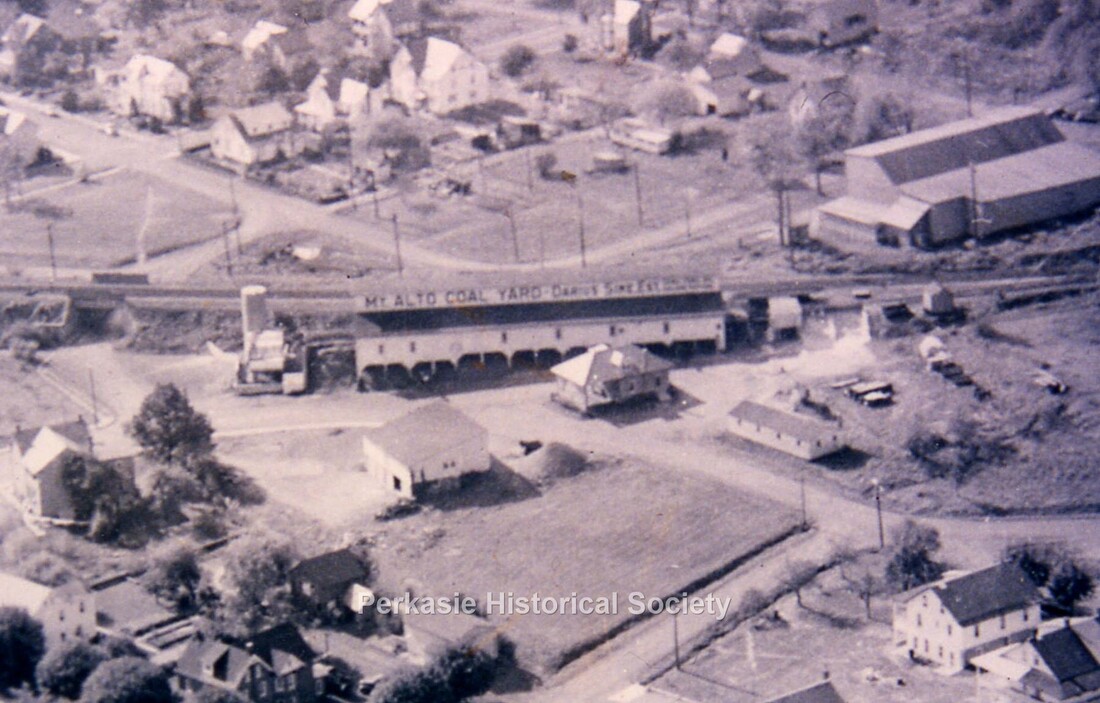
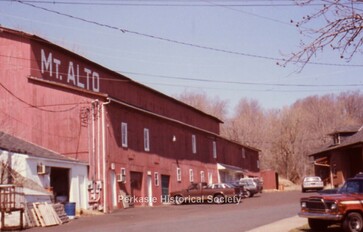
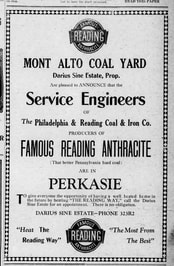
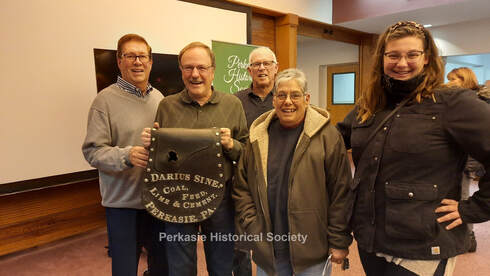
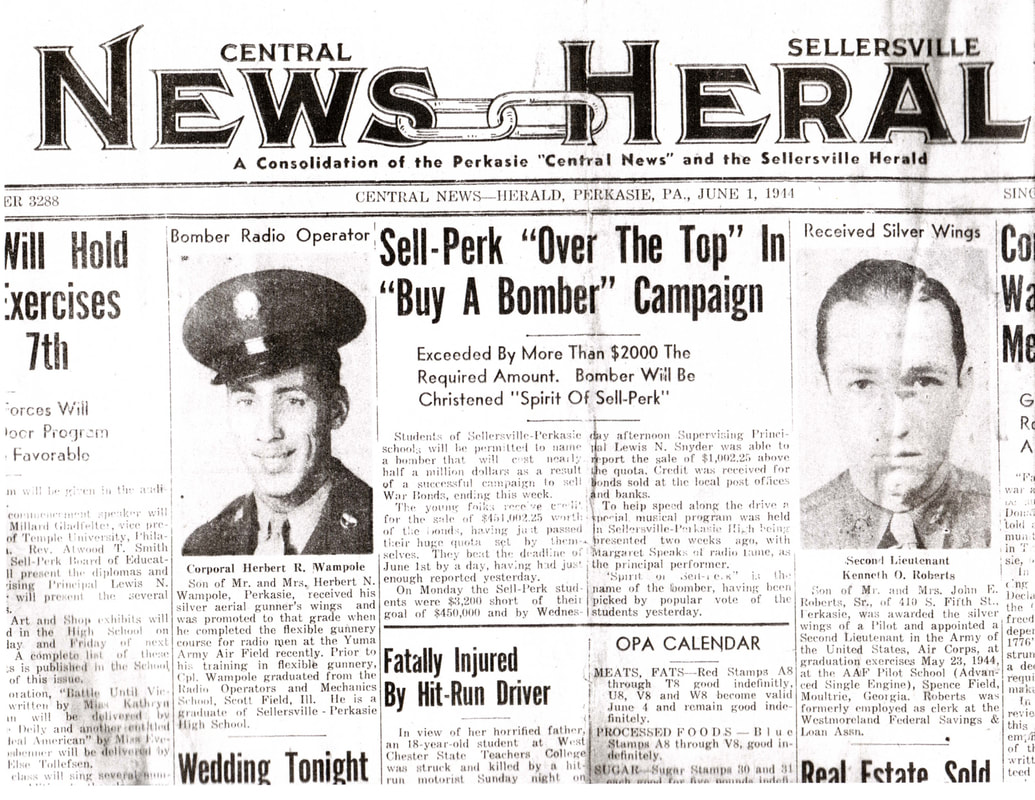
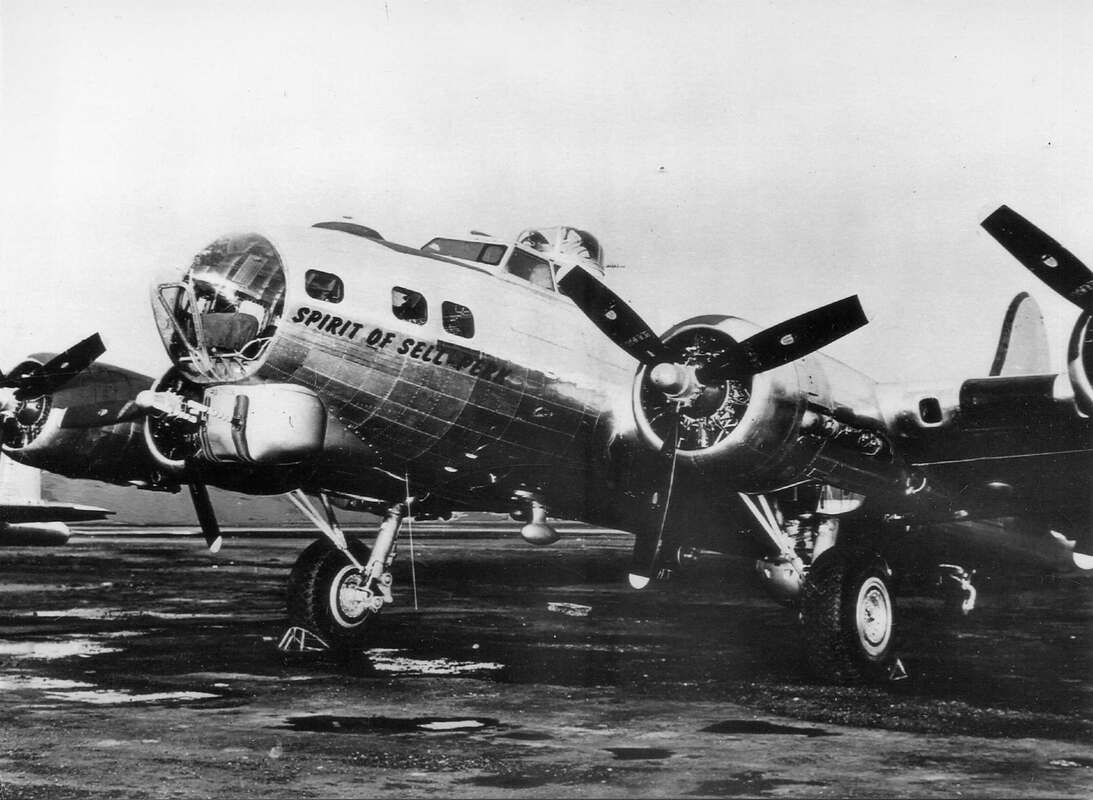
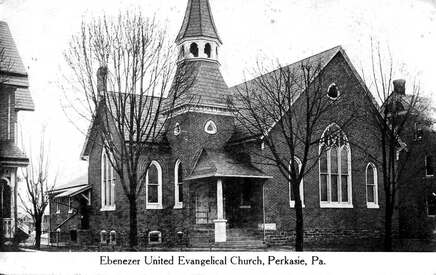
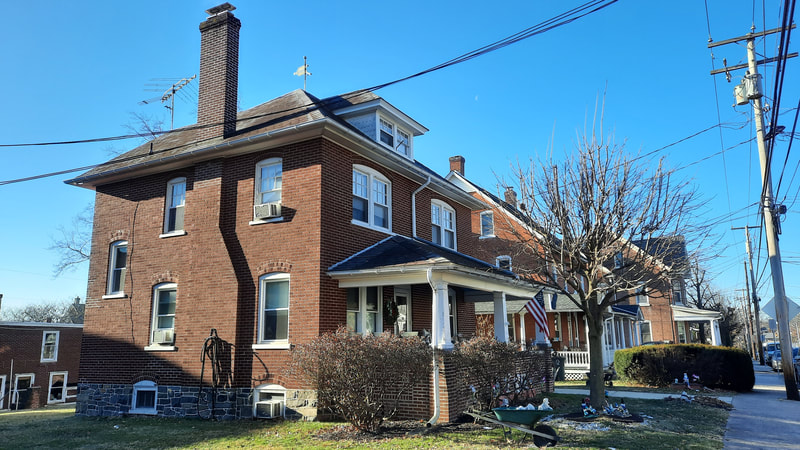
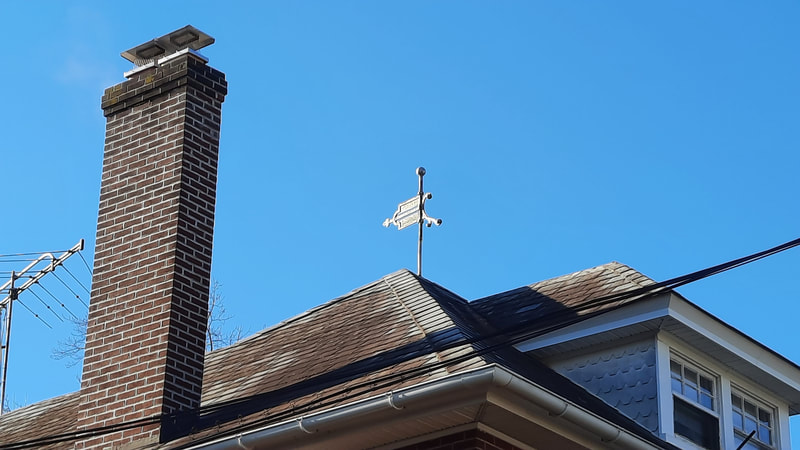
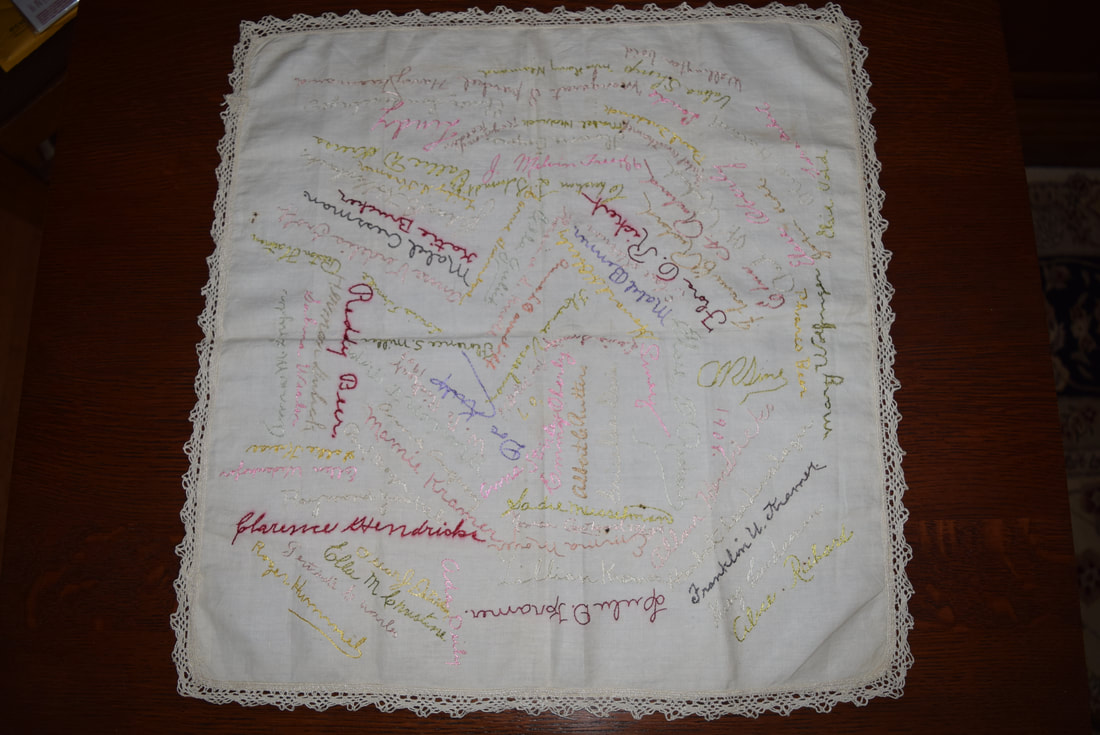
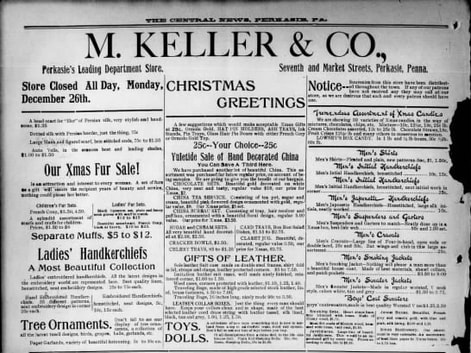


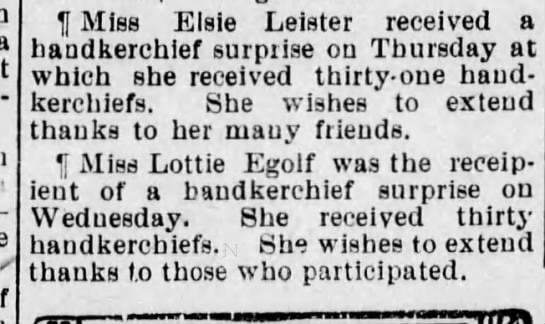
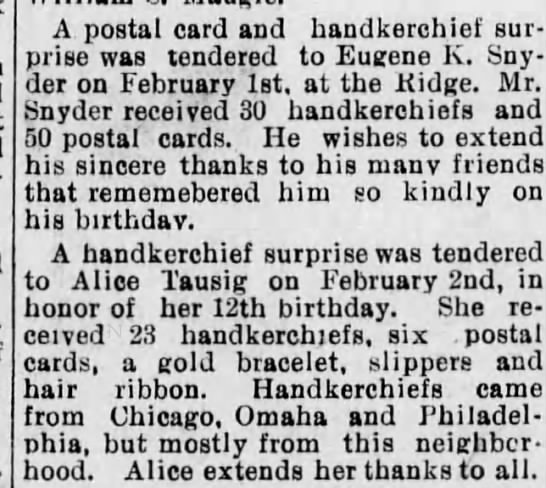
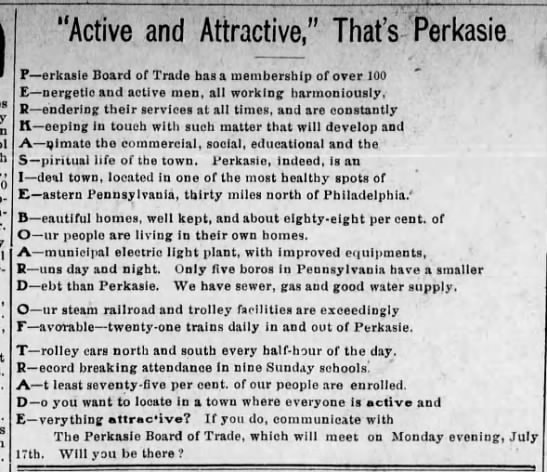
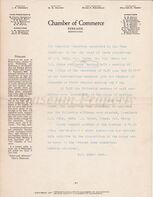
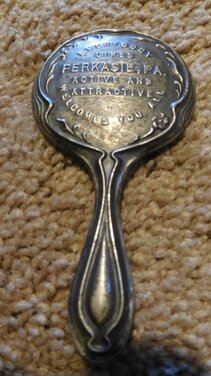
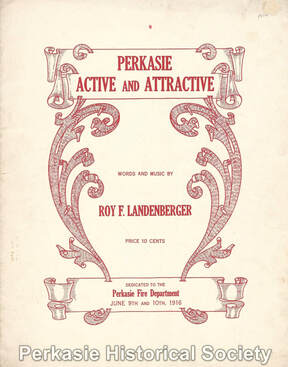
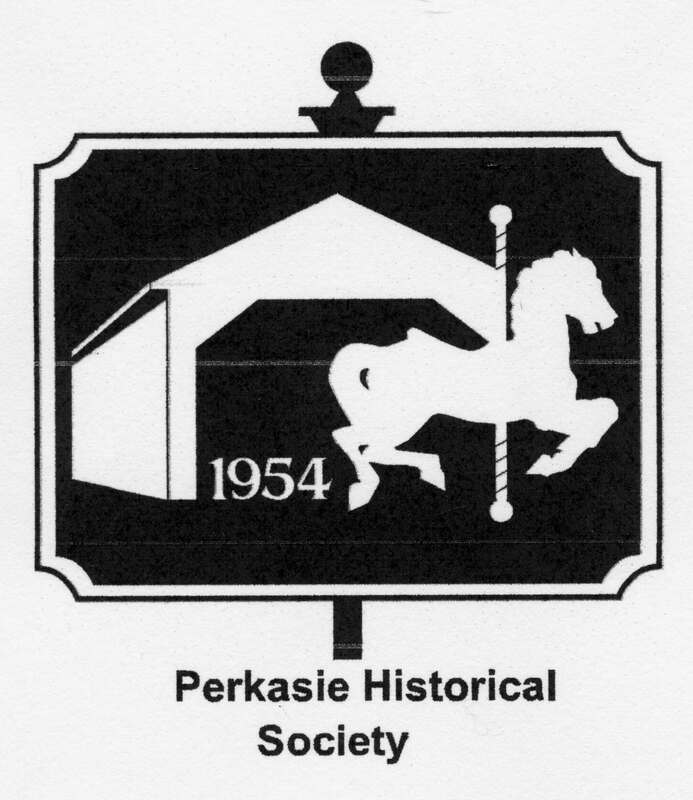
 RSS Feed
RSS Feed